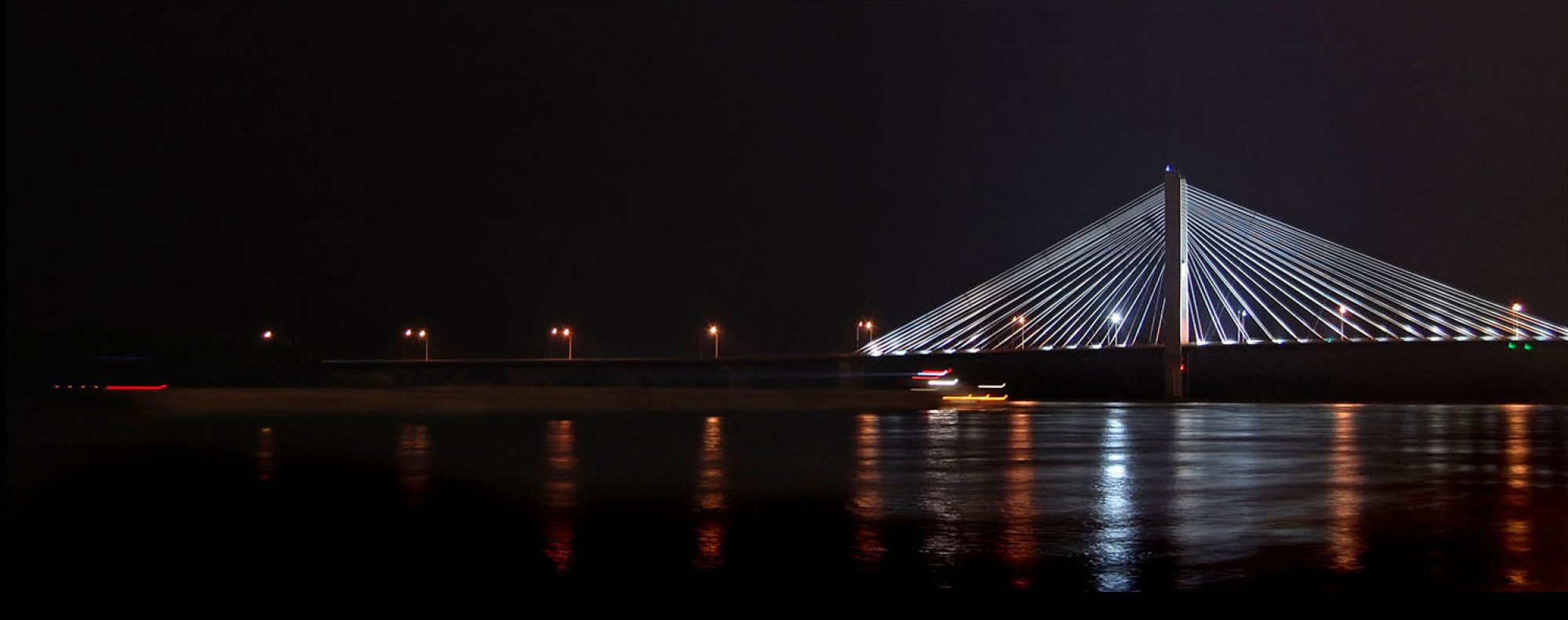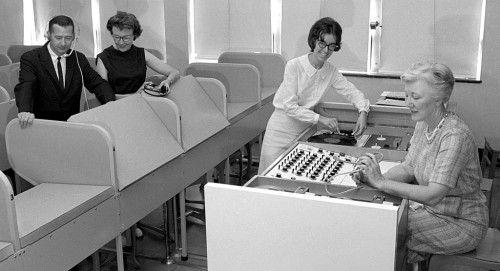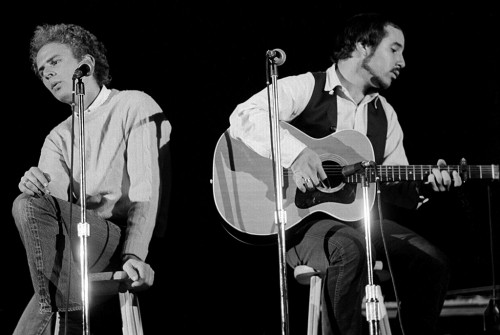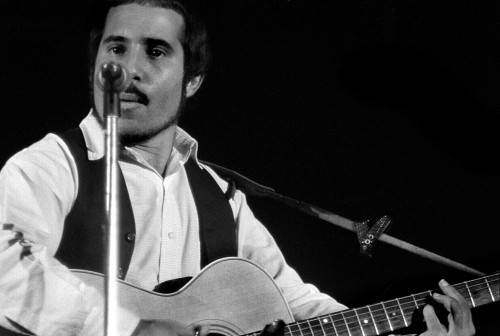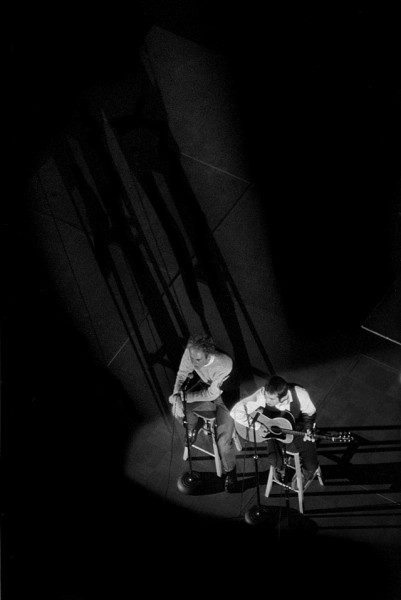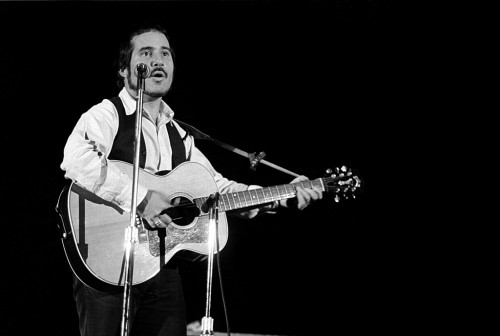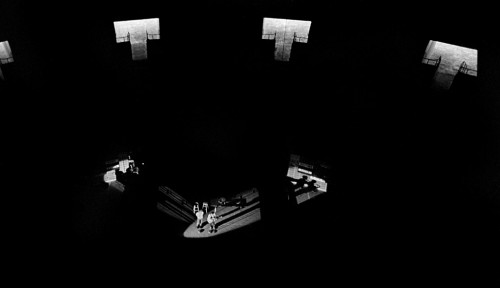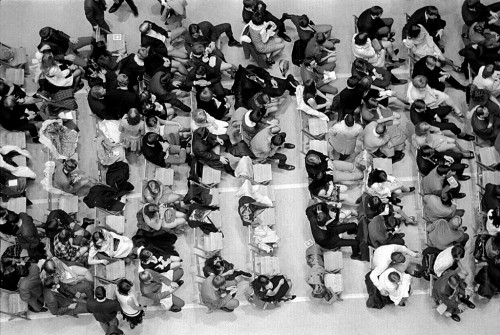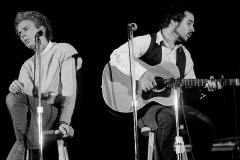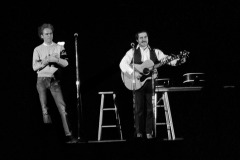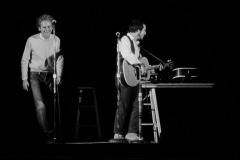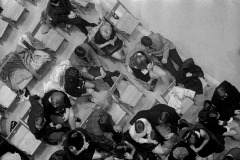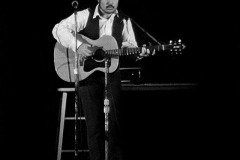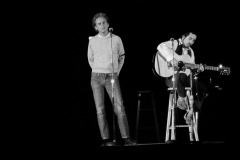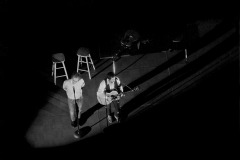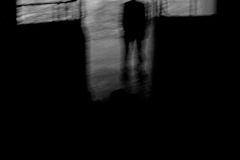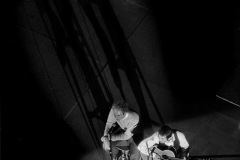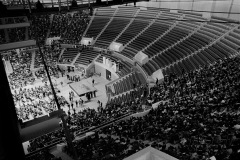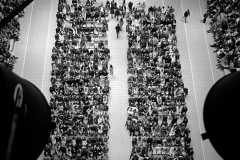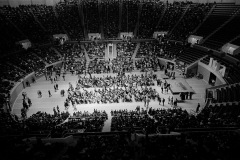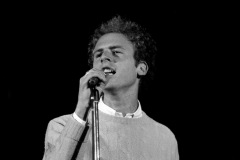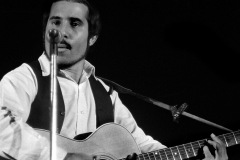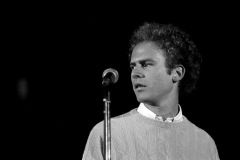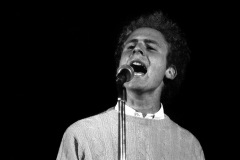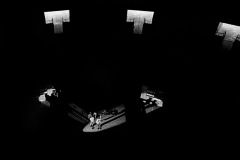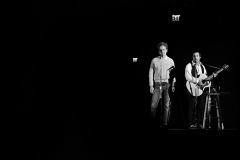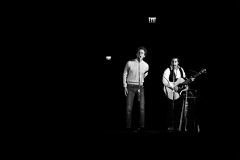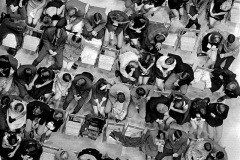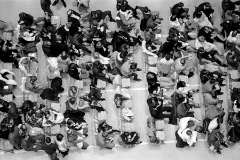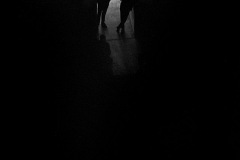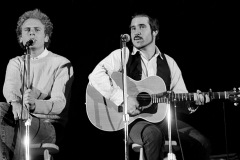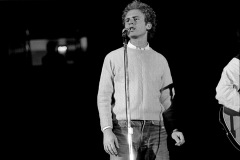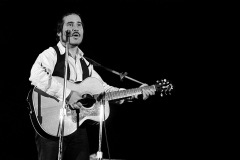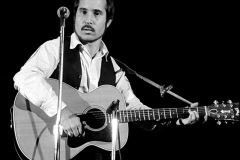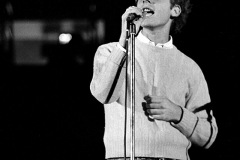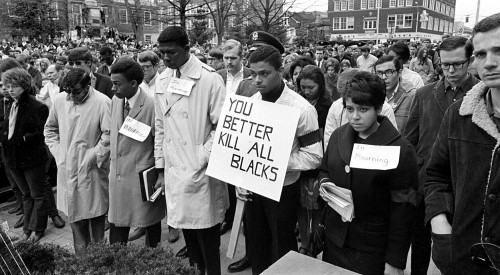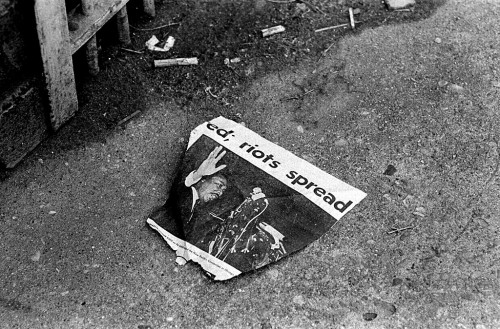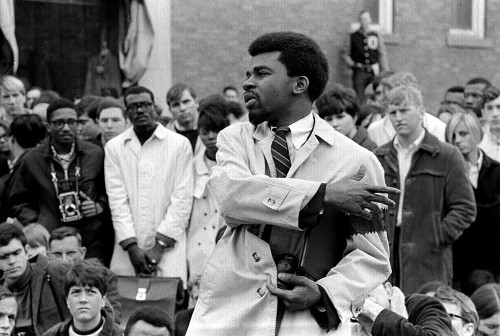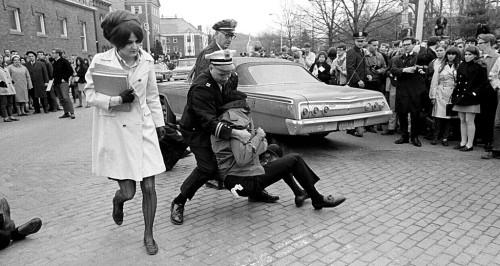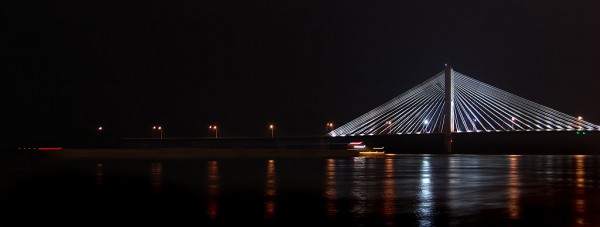 When I cranked up this blog on Oct. 20, 2009, I never dreamed that I’d still be churning out stories two years later. The first post contained a photo that later became one of two rotating pictures at the top of the blog page. (Click on any photo to make it larger.)
When I cranked up this blog on Oct. 20, 2009, I never dreamed that I’d still be churning out stories two years later. The first post contained a photo that later became one of two rotating pictures at the top of the blog page. (Click on any photo to make it larger.)
This is the time when publications traditionally look at the previous year. I started to do that, but discovered that some of the top read stories from 2011 had actually run in 2010 and were still getting hits, probably from search engines. That caused me to look at what the most popular stories were overall.
Rush Limbaugh – Koran-burning Terry Jones
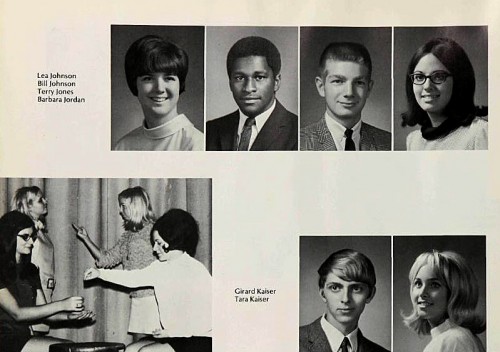
The most-read story of 2010 and 2011 continues to be the coincidence that the two best-known members of the Central High School Class of 1969 are Rush Limbaugh and the kooky pastor, Terry Jones, who threatened to burn the Koran (and eventually DID burn one when he was out of the spotlight).
The Sept. 9, 2010, story has garnered 14,274 pageviews, about four times as many as any other story I’ve done. It was picked up by media all over the world.
I rode tight herd on the comment section, which attracted 150 comments, to keep the train on the tracks. I was impressed by the general high tone of the discussion compared to the trash talk I saw on other sites. When it was all over, I had deleted only three comments that stepped over the line into personal attacks on other readers.
Cape’s new water park
 The second most-popular story is probably a fluke. April 18, 2010, I did a quick and dirty story on Cape’s new water park while it was still under construction and compared it to the Lickitysplit Water Slide that used to be between Cape and Jackson on Hwy 61.
The second most-popular story is probably a fluke. April 18, 2010, I did a quick and dirty story on Cape’s new water park while it was still under construction and compared it to the Lickitysplit Water Slide that used to be between Cape and Jackson on Hwy 61.
It kept getting a smattering of hits during the summer of 2011, probably from people searching for information about the park. Interestingly enough, folks who got there, probably by mistake, ended up spending over two minutes reading the page, something that’s highly unusual. Folks who don’t find exactly what they’re searching for generally bounce out in about 10 seconds.
The Boat House
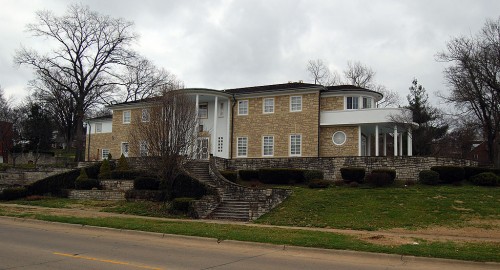 When you wanted to impress visitors from out of town with the homes in Cape Girardeau, there’s one place you’d always take them – The Boat House at the corner of West End Blvd. and Highland Dr., across from Capaha Park. This story attracted 2,109 readers and 28 comments, including good information from the family that owns it.
When you wanted to impress visitors from out of town with the homes in Cape Girardeau, there’s one place you’d always take them – The Boat House at the corner of West End Blvd. and Highland Dr., across from Capaha Park. This story attracted 2,109 readers and 28 comments, including good information from the family that owns it.
Bill’s Transition to Jacqie
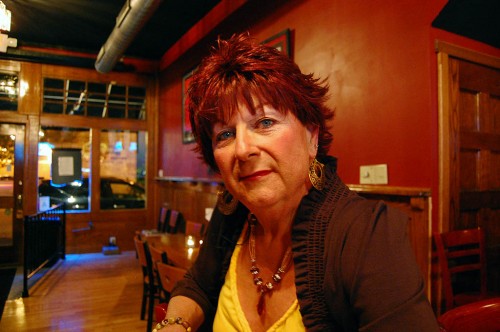
One of the most interesting and challenging stories I’ve done started out with this email: “Hi lila and kenny. Its bill jackson but if you have facebook, you will discover that many changes have taken place. It seems that after all these years I am more comfortable as Jacqie, my female half and counterpart. Florida is much more familiar with this than cape. The reunion should be very interesting.”
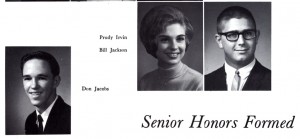 Bill and Wife Lila were good friends from lifeguarding days. In fact, he was her first date in high school. We connected in Cape and St. Louis and I produced a video showing our classmate as both Bill and Jacqie. For a first effort at an ambitious project, I’m happy with the way it turned out. The page has only logged 2,024 hits, but the video has been viewed 16,106 times. I was really pleased to see how understanding the 31 commenters were and how well Jacqie was accepted at the class reunion.
Bill and Wife Lila were good friends from lifeguarding days. In fact, he was her first date in high school. We connected in Cape and St. Louis and I produced a video showing our classmate as both Bill and Jacqie. For a first effort at an ambitious project, I’m happy with the way it turned out. The page has only logged 2,024 hits, but the video has been viewed 16,106 times. I was really pleased to see how understanding the 31 commenters were and how well Jacqie was accepted at the class reunion.
Here’s a comment I posted after I saw the reaction to the piece:
“It’s amazing how much more accepting we are of others’ differences when we get a few miles on the old odometer. Maybe some things do get better with age. In a scene I had to cut because of time constraints, Bill commented, ‘We were all not exactly as kind to each other as children as we could have been, but that’s the nature of being children. You’re learning how to be human beings.’
“Looks like my readers have done a good job passing the human being test. That’s a pretty good diploma to tack on the wall.”
Rains, Wind and Flooding
 I was in Cape during the spring of 2011 just before the near-record flooding. A page of photos showing Cape’s flood control project that kept the Town Plaza from flooding like it did in earlier decades, attracted 1,976 visitors and 28 comments. There’s a link on the page to a video I shot when Mother and I took shelter from a hail storm earlier in the week.
I was in Cape during the spring of 2011 just before the near-record flooding. A page of photos showing Cape’s flood control project that kept the Town Plaza from flooding like it did in earlier decades, attracted 1,976 visitors and 28 comments. There’s a link on the page to a video I shot when Mother and I took shelter from a hail storm earlier in the week.
Kent State, Never Forget
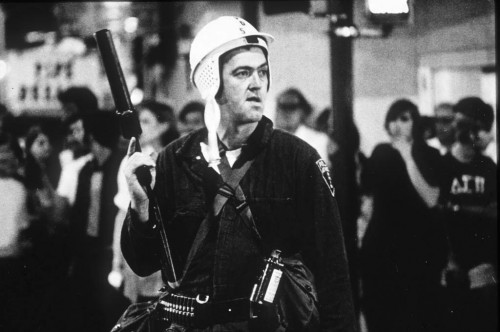 I can always count on getting a message from friend and fellow photographer John Lopinot every May 4. Usually the subject line says it all: “Never Forget.” May 4th, of course, is the day that four Kent State students were gunned down by the Ohio National Guard.
I can always count on getting a message from friend and fellow photographer John Lopinot every May 4. Usually the subject line says it all: “Never Forget.” May 4th, of course, is the day that four Kent State students were gunned down by the Ohio National Guard.
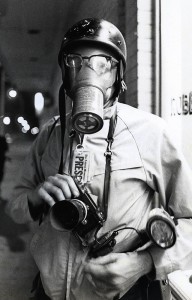 I pulled together a sequence of photos of protests and demonstrations I covered at Ohio University in Athens, Ohio, during that tumultuous period. Another photographer and I were on our way to Kent State when word of the shootings came over the car radio. We headed back to Athens, figuring we needed to be in our own backyard that night.
I pulled together a sequence of photos of protests and demonstrations I covered at Ohio University in Athens, Ohio, during that tumultuous period. Another photographer and I were on our way to Kent State when word of the shootings came over the car radio. We headed back to Athens, figuring we needed to be in our own backyard that night.
The page has been read 1,876 times and attracted 27 comments, including one from my former Ohio University Post colleague Clarence Page, a Pulitzer Prize winner and a frequent talking head on TV.
From Shoe Factory to Casino
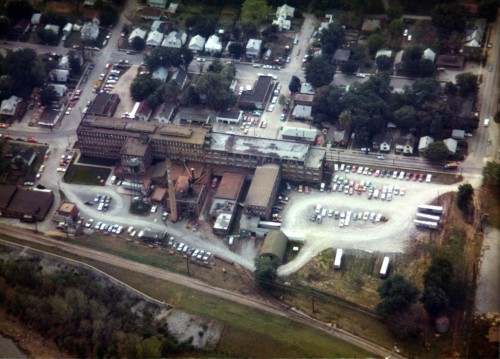 I still contend that the city missed the boat in not finding a way to make a productive use of the old shoe factory. If the old Central High School on Pacific can be re-purposed as Schultz Senior Apartments, then surely the landmark building on North Main could have been saved. It’s a moot point, though. The building was torn down decades ago and a gambling casino is going up on the property.
I still contend that the city missed the boat in not finding a way to make a productive use of the old shoe factory. If the old Central High School on Pacific can be re-purposed as Schultz Senior Apartments, then surely the landmark building on North Main could have been saved. It’s a moot point, though. The building was torn down decades ago and a gambling casino is going up on the property.
The page showing aerial and ground photos of the shoe factory taken in 1970 and the area around it taken before the land was cleared in 2010, drew 1,829 visitors and 22 comments, one from the granddaughter of a woman who had been scalped by machinery in the shoe factory.
Capaha Park reduced to memories
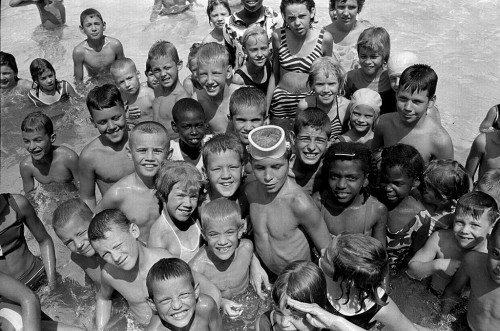 I did several stories on the razing of the Capaha Park swimming pool. This was one that hit close to home: much of Wife Lila’s teen years were spent at the pool swimming, lifeguarding and teaching swimming.
I did several stories on the razing of the Capaha Park swimming pool. This was one that hit close to home: much of Wife Lila’s teen years were spent at the pool swimming, lifeguarding and teaching swimming.
I dug out a bunch of vintage photos and turned the page loose for Lila, Bill/Jacqie Jackson and Terry Hopkins to write about how much that hole in the ground meant to them. Terry’s account ended, “At one time, I wanted my ashes scattered on the hill above the pool just so I could be close and watch people having fun at a place I loved. Farewell my 12-foot deep, 8-lane, L-shaped fun factory and memory maker, farewell.”
There were 35 comments, some almost as long as the original piece. A total of 1,654 people visited the page.
Central High School ’60s reunion
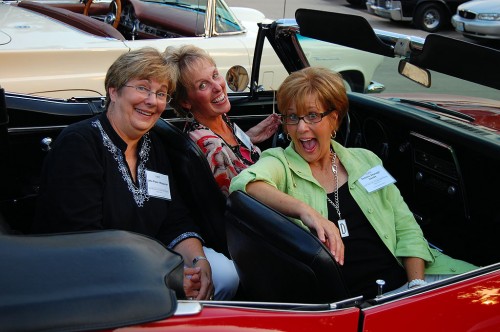
June 27, 2010, I ran one of several galleries of photos of the 1960s decade class reunion. It picked up 1,641 readers and 23 comments.
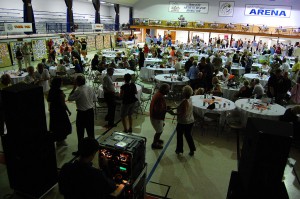 On the last night, I was moved to write, “This isn’t my favorite photo of the weekend, far from it. It’s a mediocre image from a technical standpoint, but it’s the one that caused a wave of deja vu to wash over me.
On the last night, I was moved to write, “This isn’t my favorite photo of the weekend, far from it. It’s a mediocre image from a technical standpoint, but it’s the one that caused a wave of deja vu to wash over me.
“It was the end of the evening. The crowd was starting to drift away. A few couples got up to dance. I climbed up on the stage for a higher angle and stood there holding my camera and waiting for a photo to happen.
“Suddenly I was transported back forty-plus years. It dawned on me that my life had come full circle. I was the same kid I was in high school who was AT the event, but not PART of the event.”
This account of the last night contains links to all of the reunion pages.
Annie Laurie’s Laurie Ann
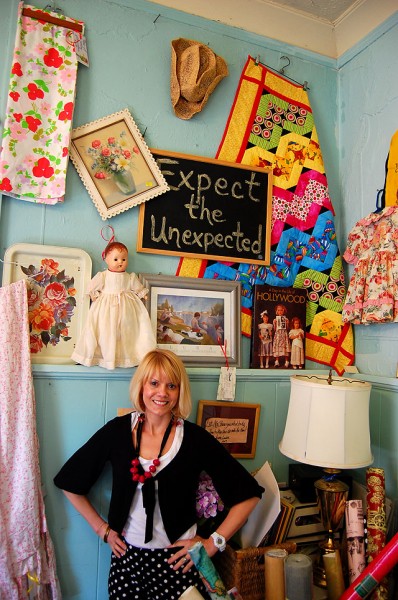
There’s a bit of nepotism here. Laurie Everett, who owns Annie Laurie’s Antiques on Broadway across from Shivelbine’s, is my wife’s niece. Putting that aside, she’s a shrewd businesswoman who was worth a story because of the building she’s in (the old Brinkopf-Howell Funeral Home) and for her interesting life. The petite blonde was an army MP who was an Expert marksman before she got into the antique business. She’s as good at that as she is with a gun: her shop was rated #1 Antique Shop in Cape County three out of three years (maybe four, since that story was done in 2010).
It’s not your typical stodgy antique shop. She makes good use of social media and has developed quite a following of SEMO students with her emphasis on vintage clothing, dorm makeovers and competition for models to become the face of the shop.
Tornado drills and the JFK assassination

I stopped by Alma Schrader School to get some photos identified just as they were conducting a tornado drill. That give me a flashback to that stormy day in 1963 when John F. Kennedy was assassinated. I took photos of students gathered around a TV in the gym and rushed them to The Missourian to make my first EXTRA!
Wimpy’s in 1966, 1967 and 2009 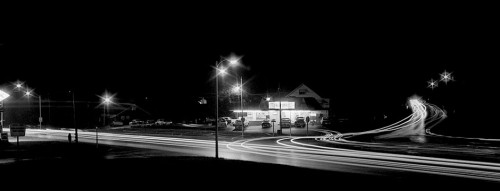
There are two topics that will always bring in readers and comments: Wimpy’s Drive-in and the Blue Hole BBQ. Everybody who grew up in that era has fond memories of both.
I shot a night time exposure photo of the intersection of Cape Rock Drive and North Kingshighway in 1966 that showed the traffic patterns in and around Wimpy’s. In 1967, I shot a wreck at the intersection with the drive-in in the background. By 2009, Wimpy’s was gone and the intersection had changed, but I tried the time exposure technique again.
Readers: 1,552; comments: 31, including much discussion of a shootout near there that took the lives of two Cape police officers.
Top Stories of 2011
In addition to the 2009 and 2010 stories above, here are the top stories that were published in 2011:
- Cape’s tornado of 1949: a riveting account of the May 21, 1949, tornado that killed 22 people, hospitalized 72 and injured hundreds, written by a pregnant newlywed to her mother on pages torn from a day calendar. If you haven’t read it, you should.
- Do these photos say Cape? A collection of photos of Cape Girardeau for use by the city on its web page.
- 43 years of Cairo photographs: I’ve been fascinated with Cairo since I covered my first riot there in 1967. This was a collection of photos of the town which is, unfortunately, disappearing a block at a time.
- Arena Park Stock Car races: Vintage photos of the Arena Park stock car races. Some of them are classics.
Mind-numbing statistics
Since the site started in 2009, it has seen its pages viewed 565,631 times. I’ve written 641 posts containing 512,268 words and you all have left 5,728 comments. In fact, commenters have written 391,796 words, almost as many as I have in the original stories. The depth of detail in those comments is astounding. I’ve posted nearly 5,600 photos.
Support this site
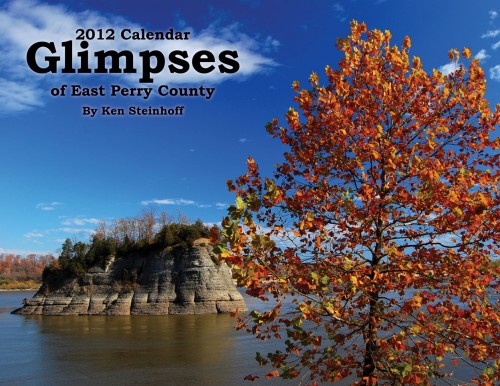 Here’s a link to my Tower Rock book and my 2012 calendar.
Here’s a link to my Tower Rock book and my 2012 calendar.
In addition, if you do your Amazon shopping by clicking on any of the Amazon ads on the page, I get a tiny percentage of your purchase without it costing you anything additional.
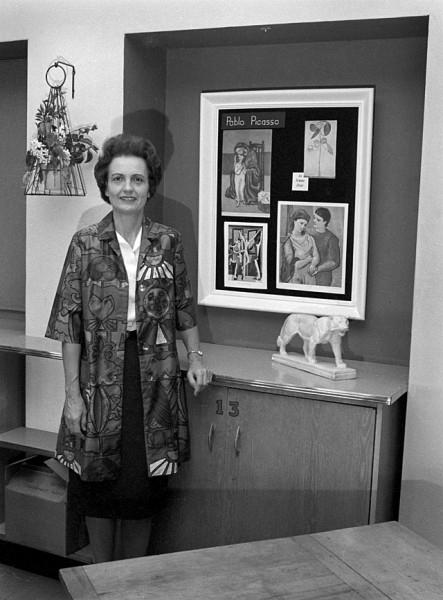 I managed to dodge art class until I got to Ohio University. All photo majors had to take Art 101. Here’s an account of the experience.
I managed to dodge art class until I got to Ohio University. All photo majors had to take Art 101. Here’s an account of the experience.